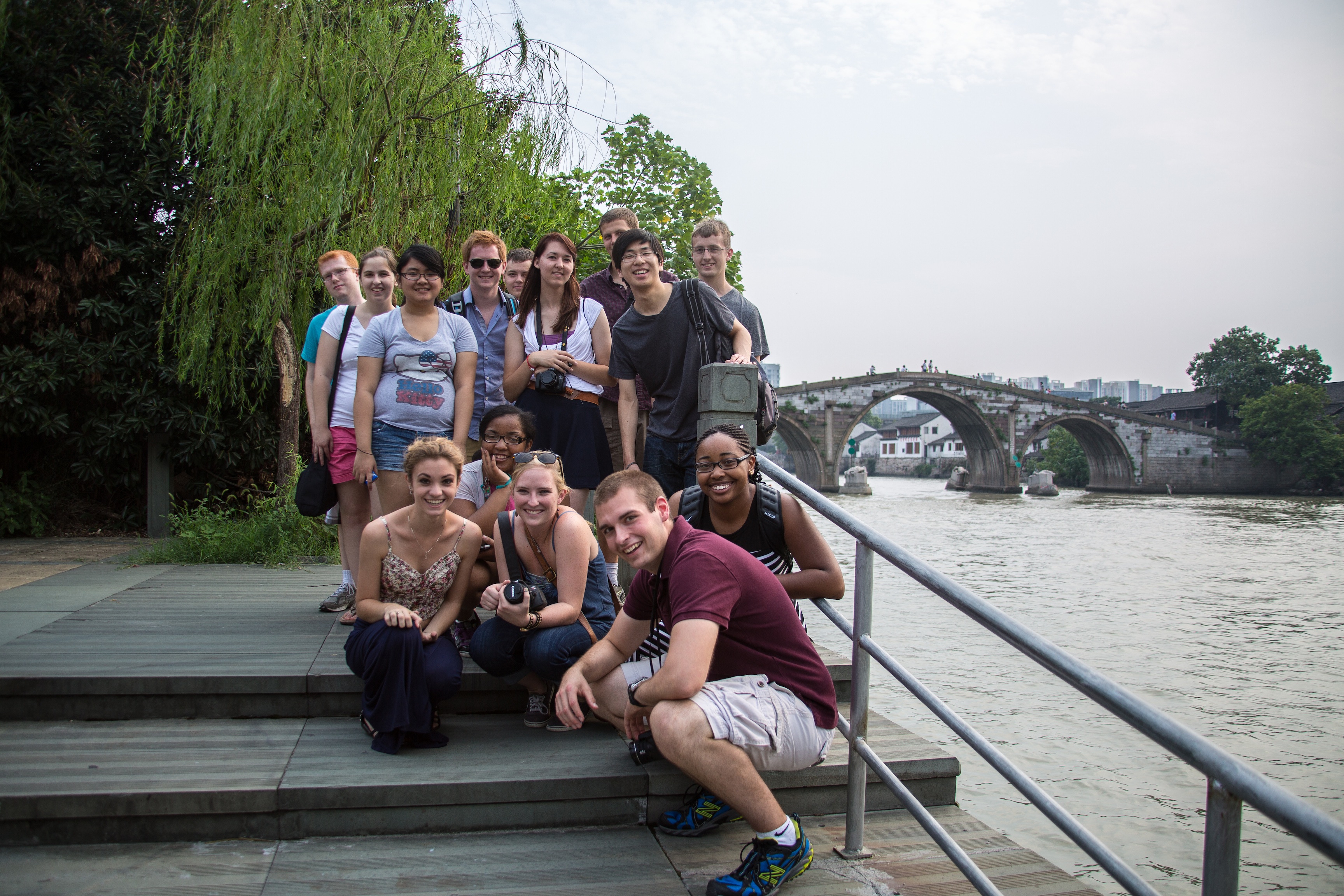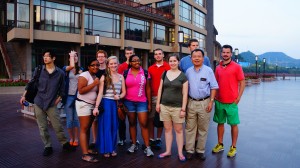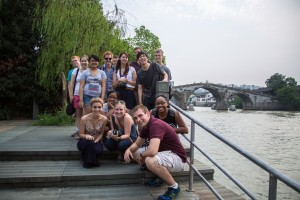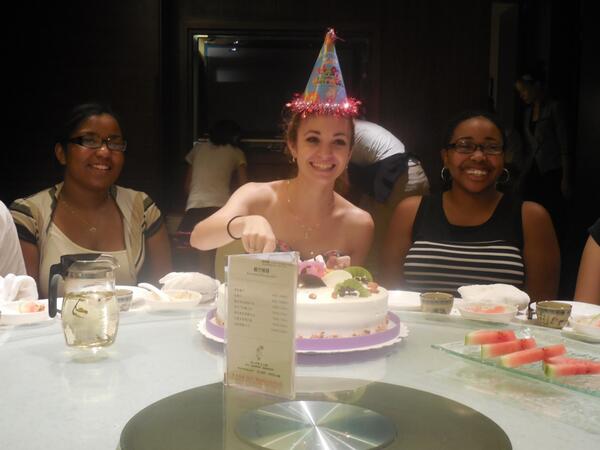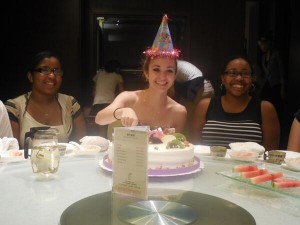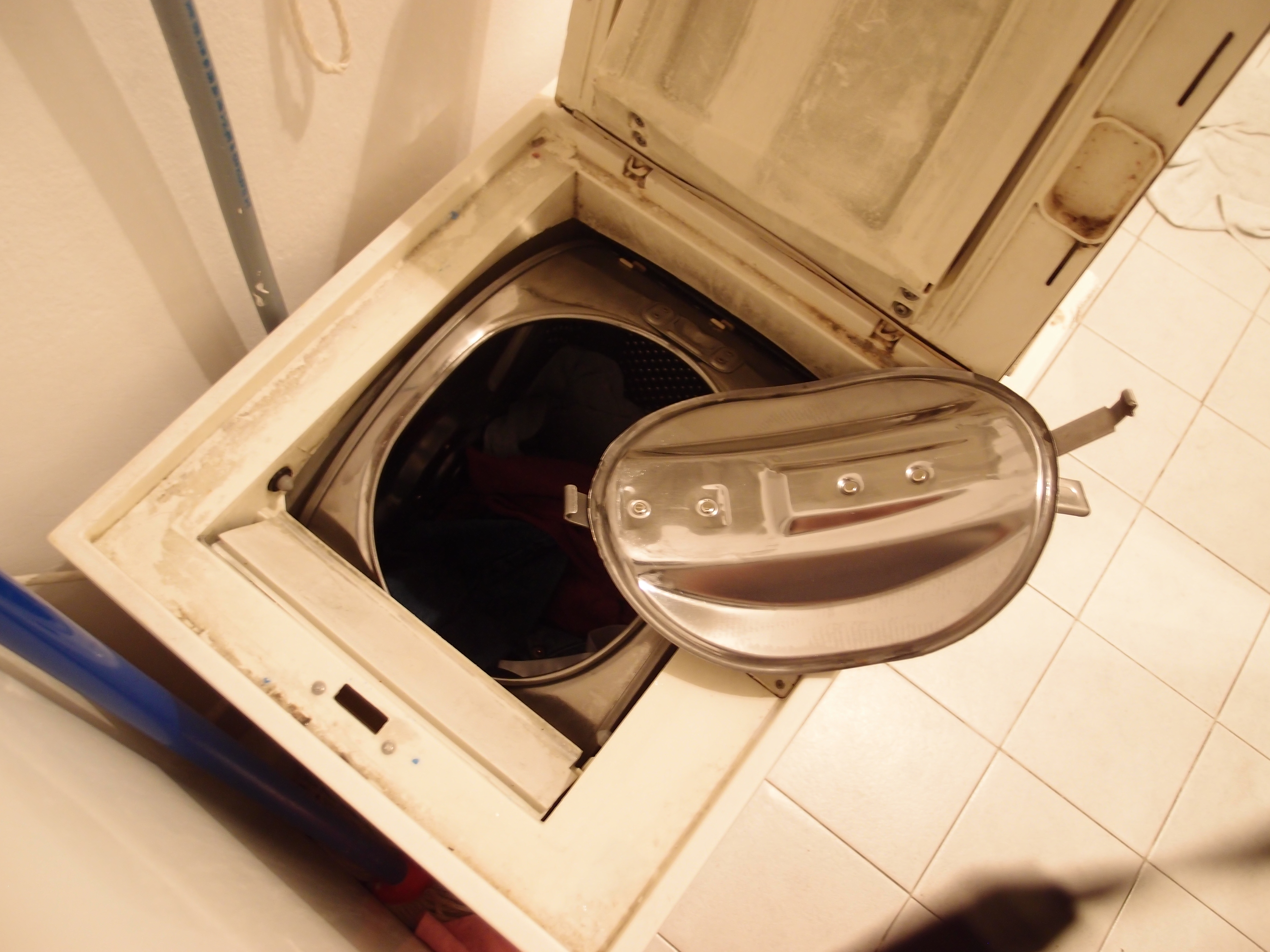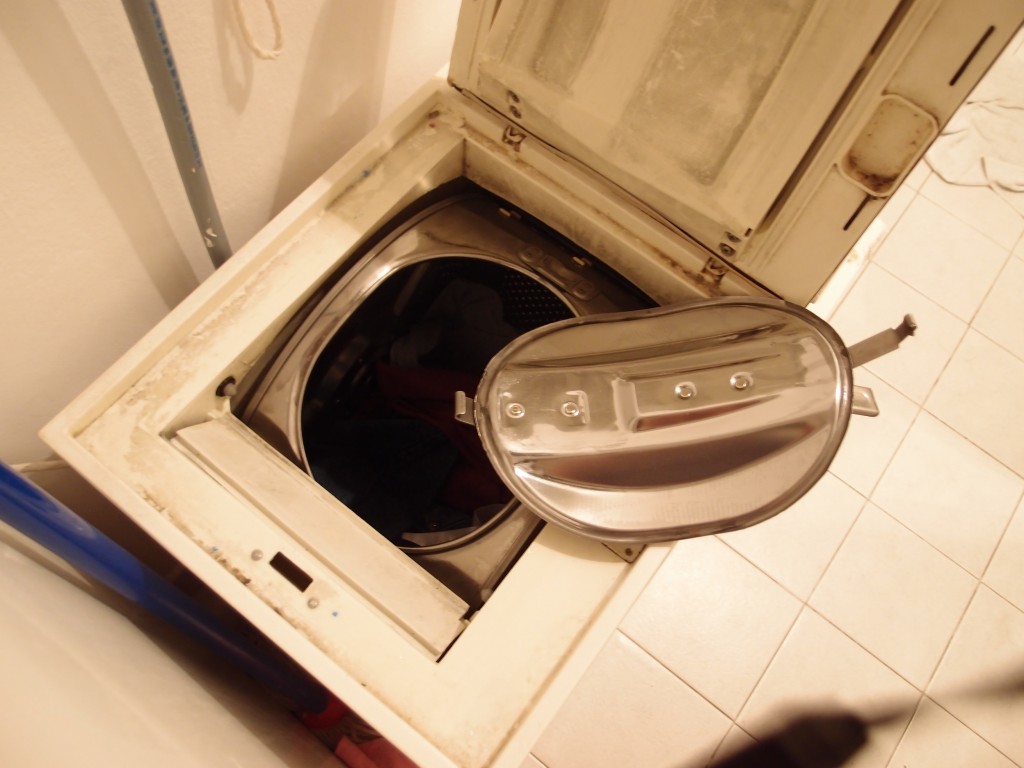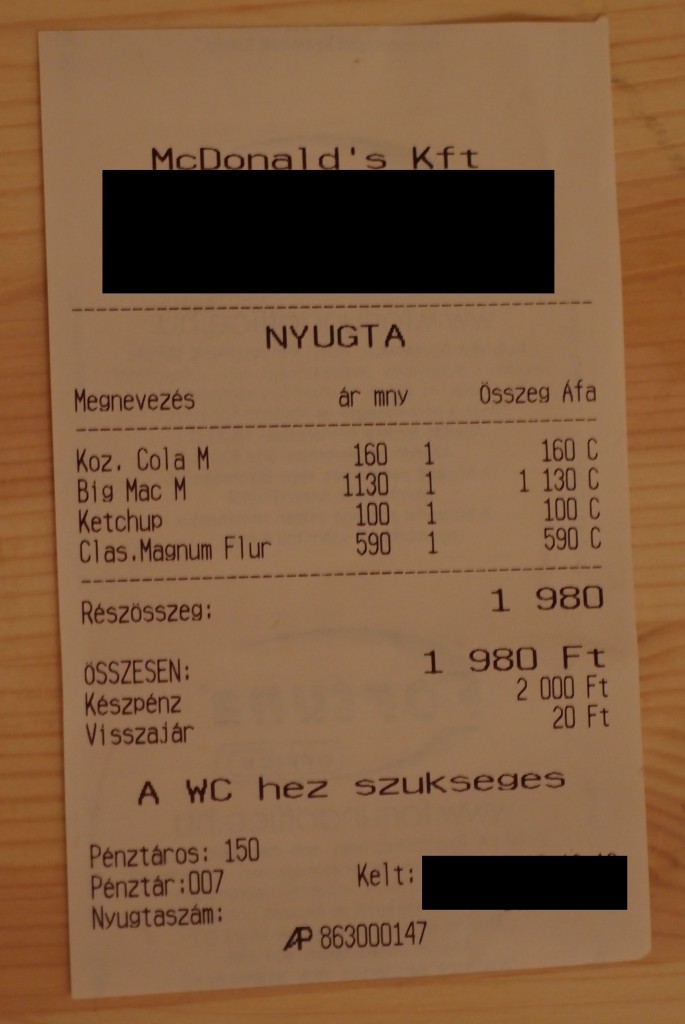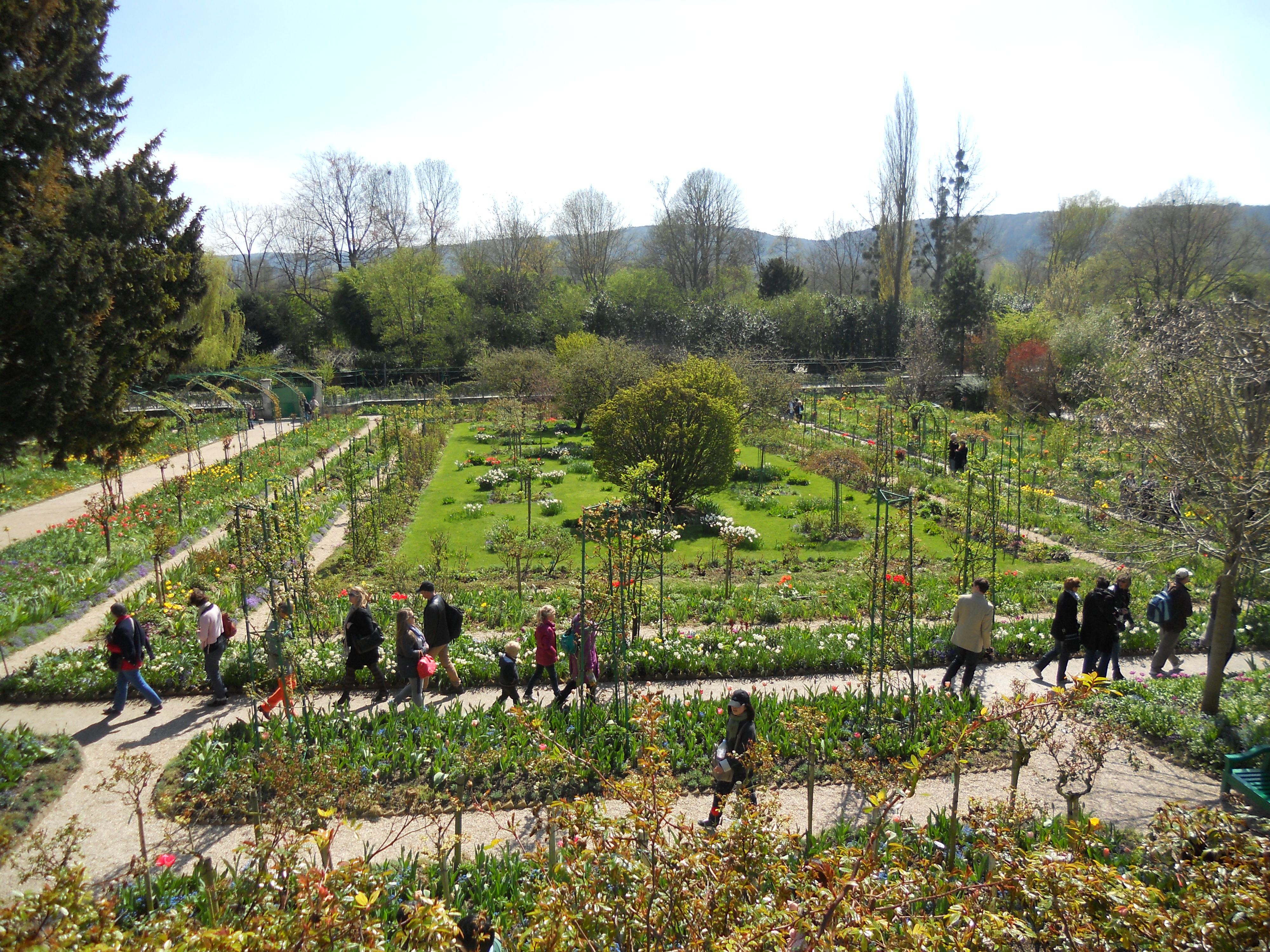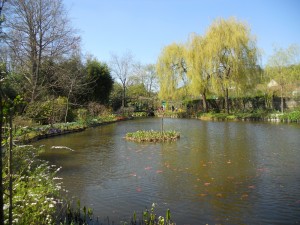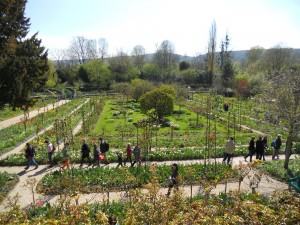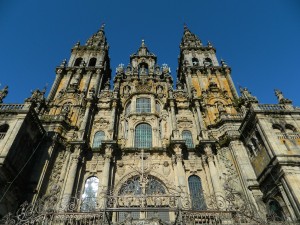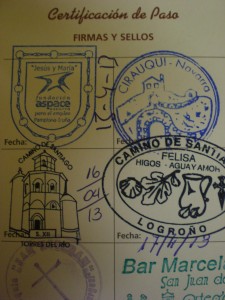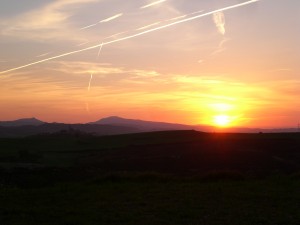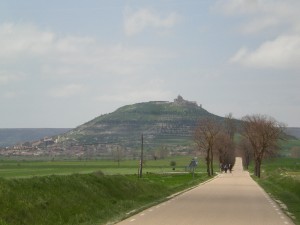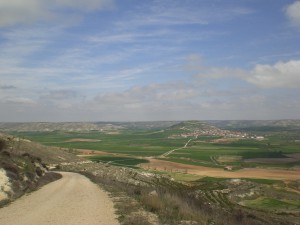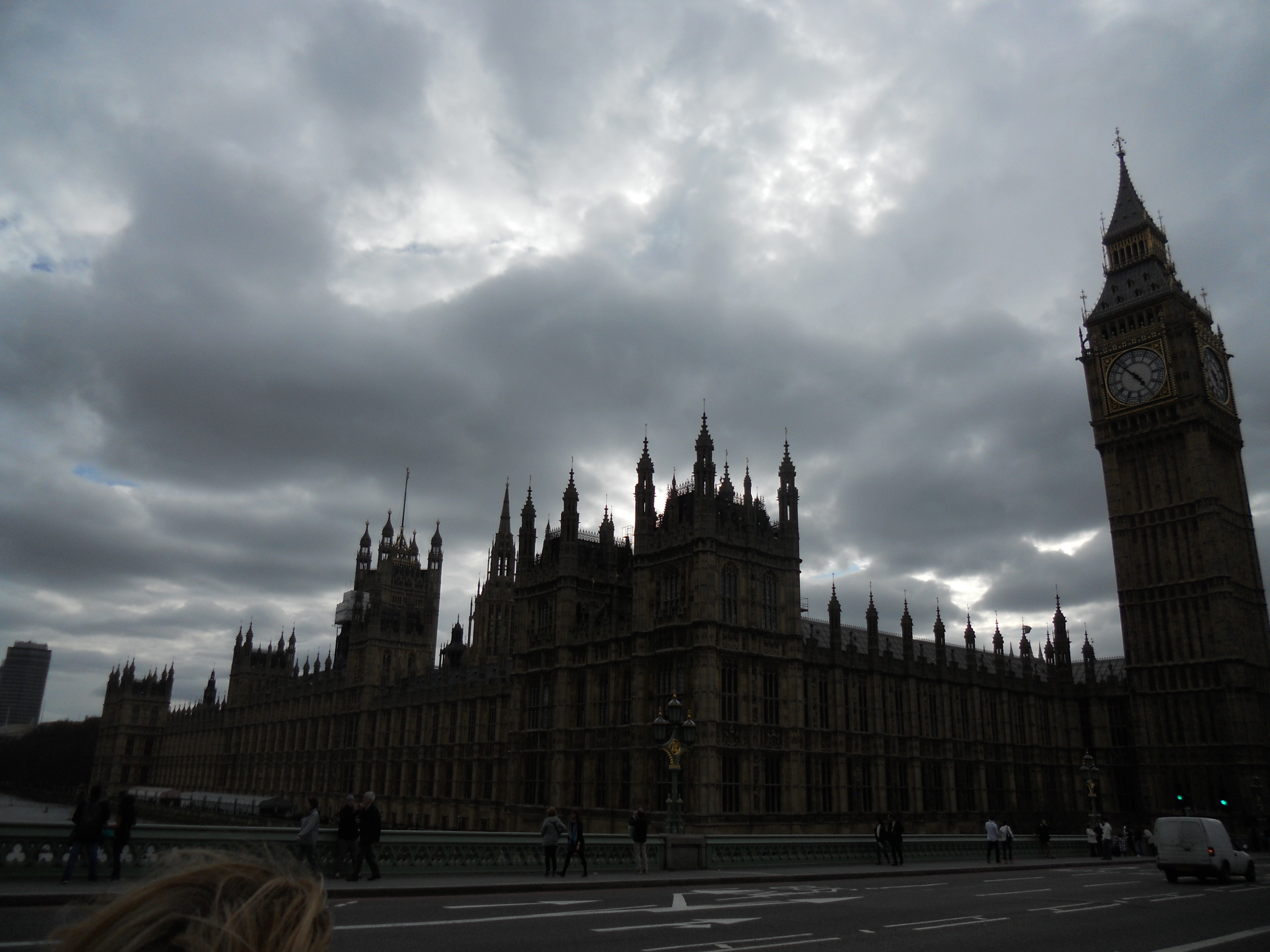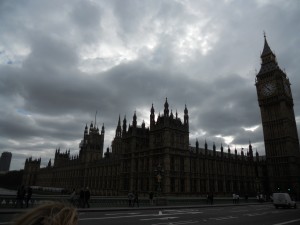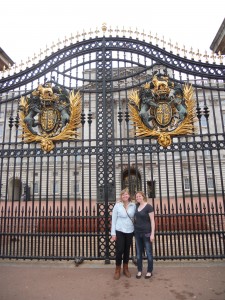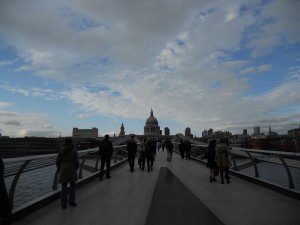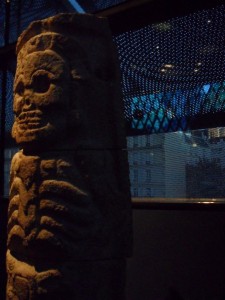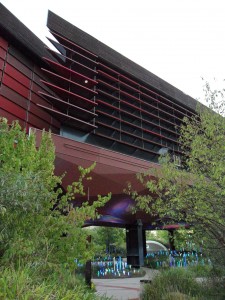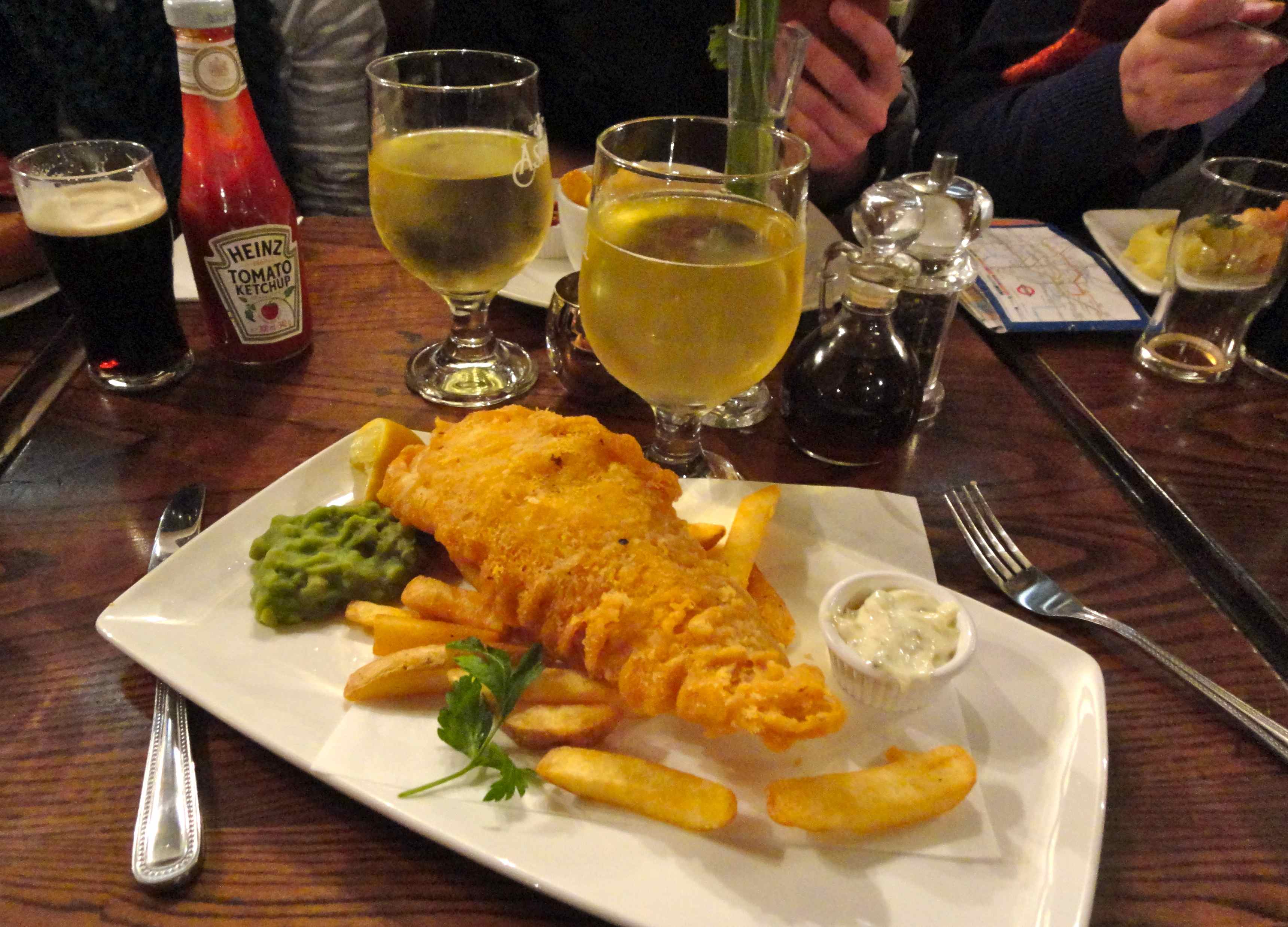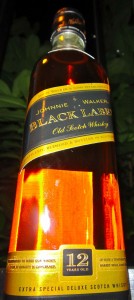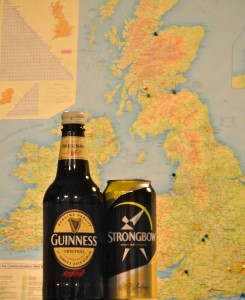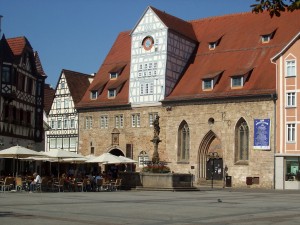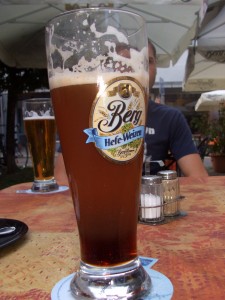The honeymoon is over. For that reason, I have found it difficult to write as often as I would’ve liked to since my courses have started. Although I am busy, I am truly enjoying my classes here! I’m of course taking six credits of French language and a phonetics class. My electives though, they’re pretty awesome. I’m taking a course on the History of France from the French Revolution to WWI. The other class that I’m taking is Tourism and Gastronomy; aka we eat food, talk about food, eat it, and discuss the implications of said food on culture and tourism (did I mention we eat food too?). So I am really enjoying these classes largely because the professors are extremely awesome. I like every one of them.
As for what I’ve been doing outside of classes, just adjusting to style of living… and doing some pretty awesome things as well!
First off, last time I posted I mentioned that I wasn’t sure what I wanted to do in my free time. What I decided to do on that particular day was to climb Notre Dame! It was very cool to see the city from a gargoyle’s eye view (see photo #1). The stone stairs actually have an indentation from all the footsteps of people walking up them over the last few centuries. It’s really cool to think that the church recently celebrated its 850th anniversary, or just under four times the number of years the United States has been a country. In 1492, Columbus sailed the ocean blue… and the church was older than the United States currently is (by almost 100 years!) So it was extremely humbling to be at a place with such a rich history. Also, feel free to “like” the second photo, it is in a photo contest and the most “likes” win. Click here http://www.central.edu/abroad/photoContest/photoDetail.cfm?ID=3975 to vote (I could use all the help I can get!)
Gargoyle’s-eye view of Paris with the Eiffel Tower
Another place that I visited was the Catacombs. Now THAT was super cool. I went with a few friends and it was extremely fascinating. However, that is not a place that I would want to be stuck at by myself on Halloween. Six million dead people, no thank you.
| This is me and the dead peeps. |
On the 28th of September, The Central College program went and we toured the Palace of Versailles and the absolutely beautiful gardens. I’ve been telling people that the best way to describe it is grand and immense. We spent the whole day there and we saw the majority of the castle, yet in the hours we spent in the gardens, admiring the fountains (there are several hundred I believe) and the greenery, we only saw a portion of the gardens. It’s no wonder the French government went broke! In the first picture, that is me in the world famous “Hall of Mirrors,” and my favorite part of the whole day in Versailles! The second picture is of a fountain that I really admired in the Gardens. It is not the most celebrated and is actually one of the smaller fountains. If you want to see a fountain show, go to my facebook page and go to my videos and you can watch two short clips of a wonderful show.
| Palace of Versailles: Hall of Mirrors |
| Palace Gardens: My favorite fountain |
The most recent mini excursion that I went on was to Disneyland Paris! For those of you who know me well, I couldn’t pass up an opportunity to go to see Buzz Lightyear (see photo). I went with two other classmates and it was a good, really fun trio. In all honestly, it was a really cool experience because the parks have pretty much the same setup, and they have almost all the same attractions (the rides themselves obviously aren’t the exact same layout), but the atmosphere was different. It truly was a world attraction. On rides (other than It’s a Small World), they switched between mainly French and English so that more people would know and understand what was happening. The closing ceremony was absolutely breathtaking! It’s one of my favorite memories so far.
| Buzz Lightyear and I |
So if you managed to read all the way this far, thank you. It was a short summary of two weeks, but like I’ve said, not even counting these mini-excursions, I have managed to stay busy and am working hard at improving my French, take in the culture, and adjust to the daily life in Paris. I promise you’ll hear from me in less than two weeks, I’ll be better about writing my blog!
